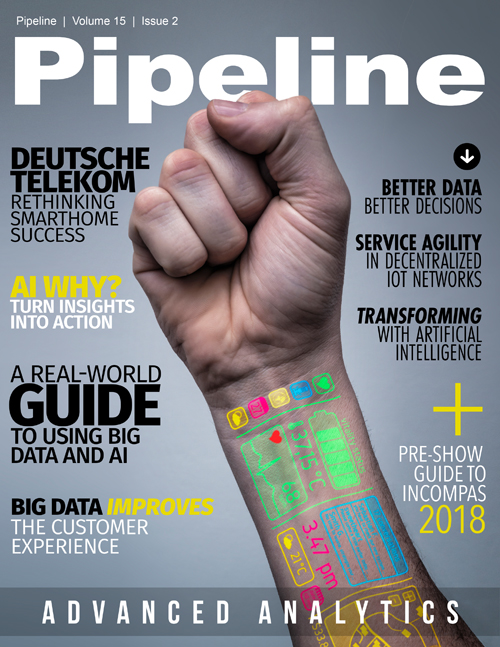Intelligent File Transfer as part of Service Agility in decentralized IoT Networks
This process has propelled the project from the initial idea of overcoming the limitations of TCP towards the creation of a completely new, high-speed solution that fully utilizes the capacity of the available data bandwidth. To demonstrate the capabilities of RMDT, we have conducted a number of tests and compared the performance of several applications. The RMDT protocol can carry point-to-point as well as point-to-multipoint traffic, each with varying transmission speeds and MTU sizes.
Figure 1 – FTP-based data transfer to multiple locations
(Click to enlarge image)
Figure 2 – Equally fast file transfer point to multiple locations using RMDT protocol
(Click to enlarge
image)
The transmission in Fig. 1 is done using FTP-over-TCP (CUBIC) on a freshly installed Linux system out of the box. TCP CUBIC is an implementation of TCP with an optimized congestion control algorithm for high-bandwidth networks with high latency. In this case, the TCP has been tuned-up; however, the performance will grow only marginally. In Fig. 2, a point-to-multiple-point transfer with 10Gbps IP trunks is illustrated. Those tests were conducted in a simulation lab with delays up to 900ms in average (for long distance).
To verify the conducted tests for RMDT, sites were set up to showcase the power of the protocol. These included sites in Amsterdam, Vienna, London, Madrid, Denver and New York. These sites and their respective servers were connected via 10G line to the public Internet. The results have shown that the constant and guaranteed transfer speed decreased OPEX significantly and enabled service agility at scale for future MEC deployments. Big data applications can also collect a large amount of data, gathered in the IoT environment, and stream it back to centralized locations without saving the data on-prem, leading to higher efficiency.





















